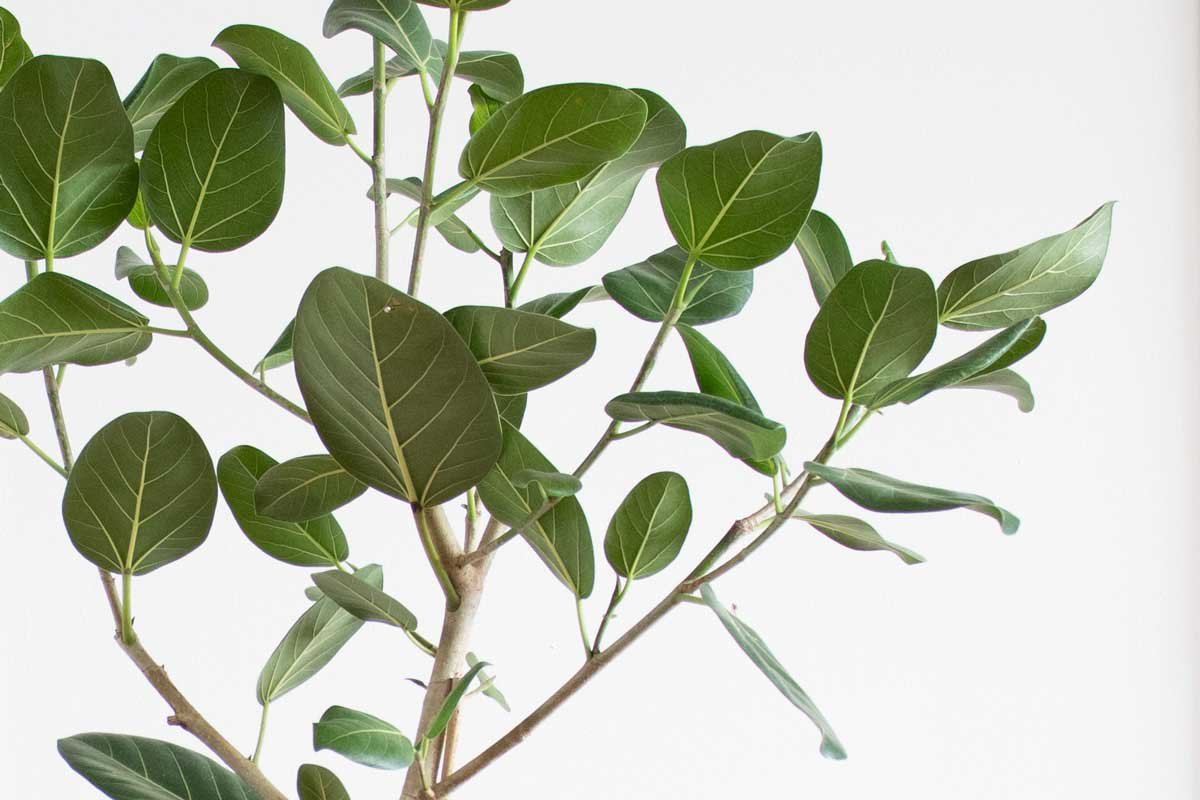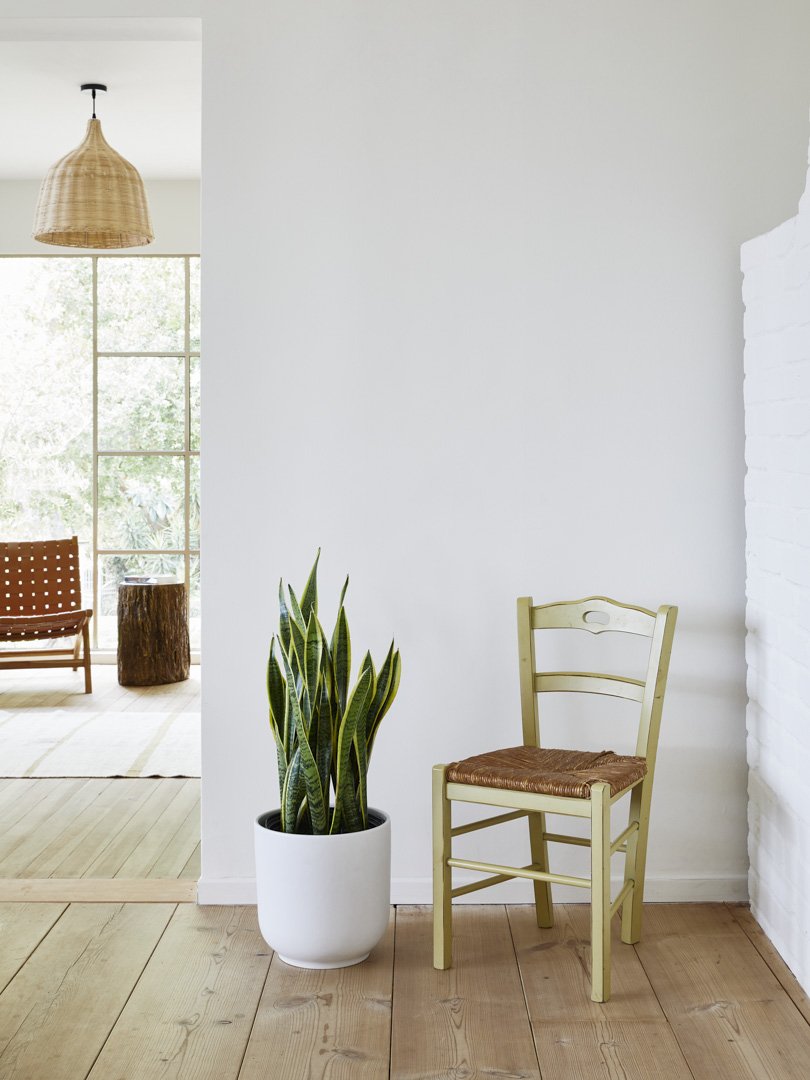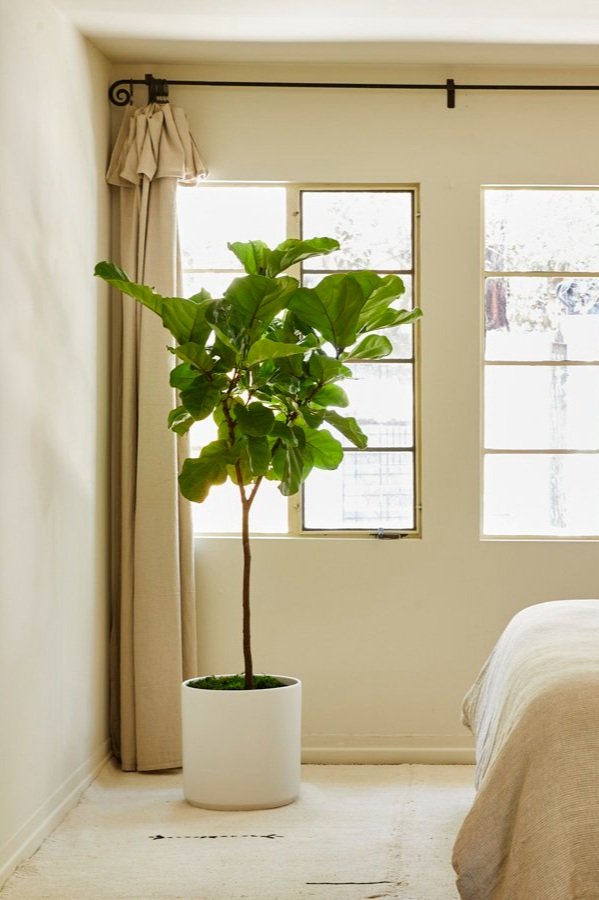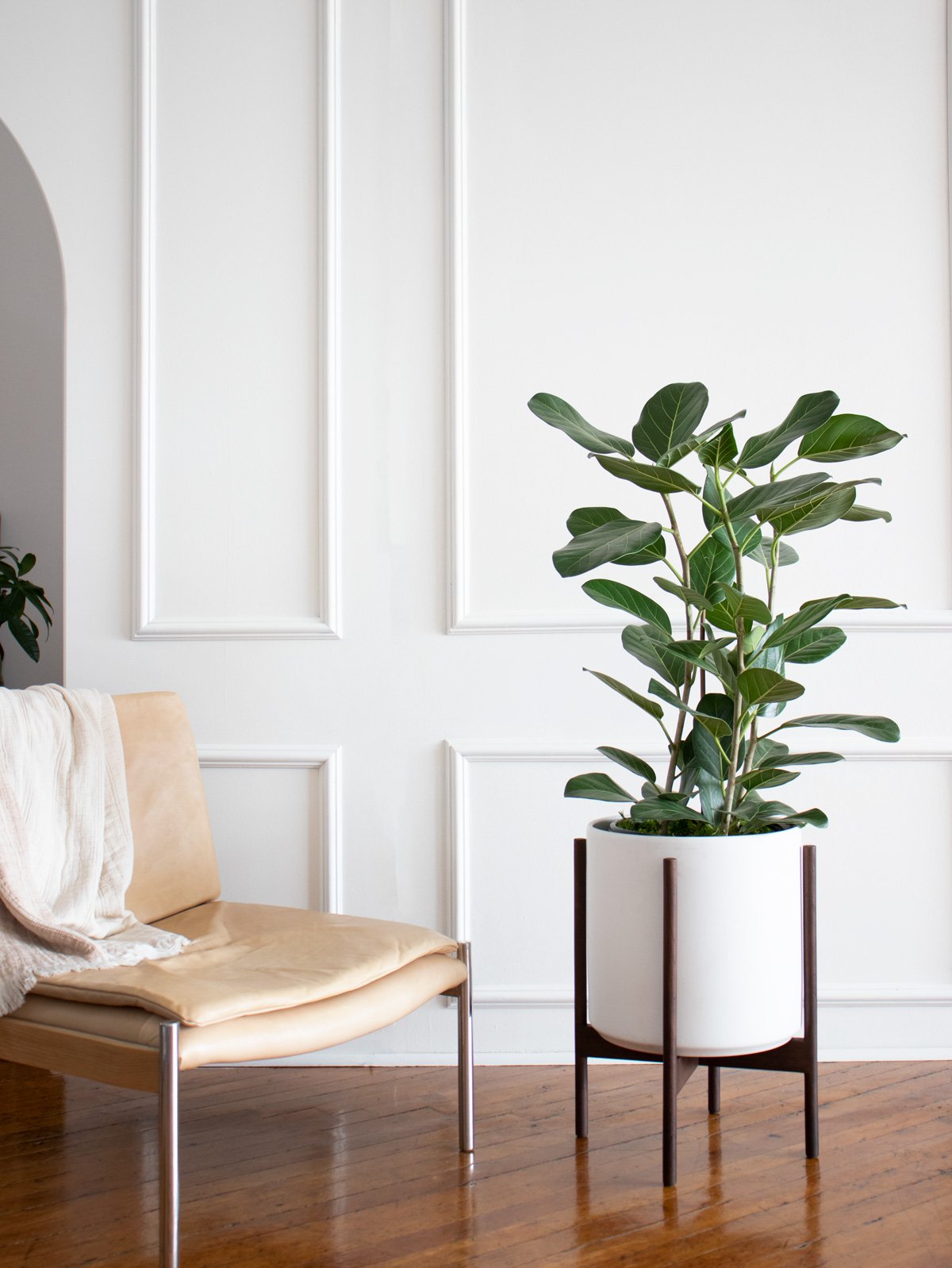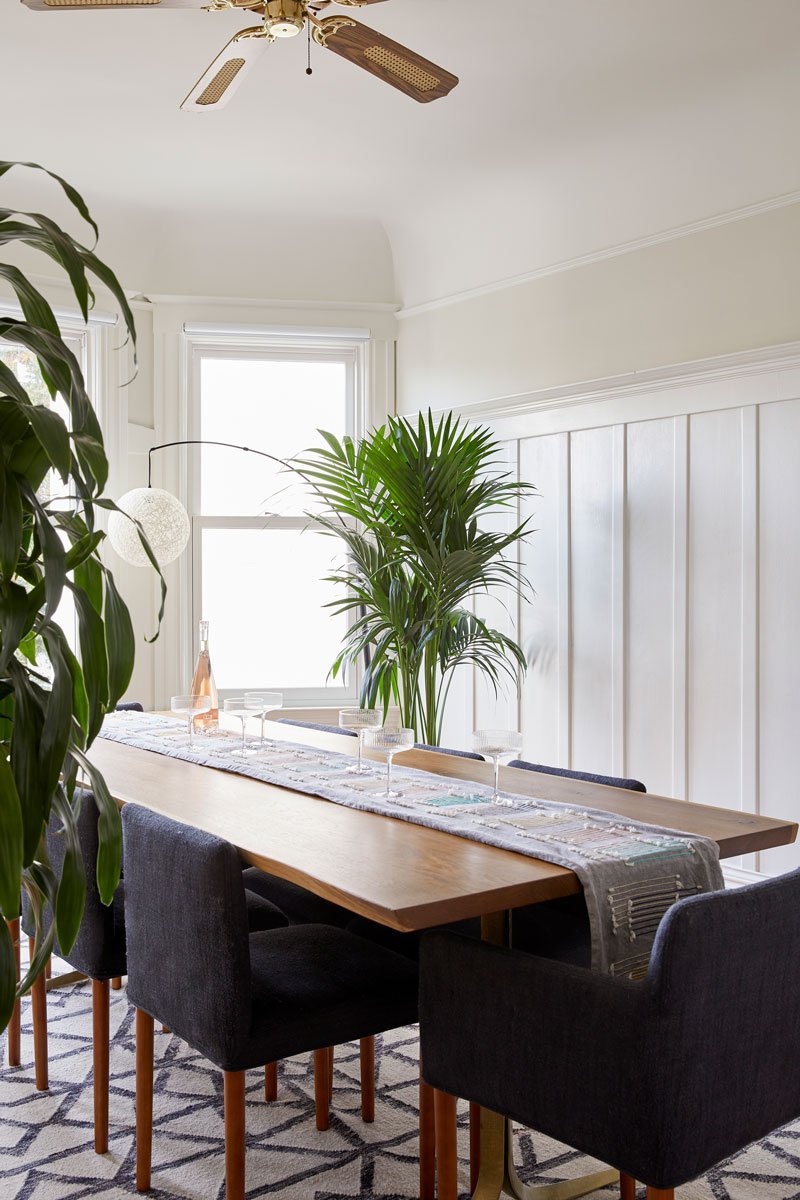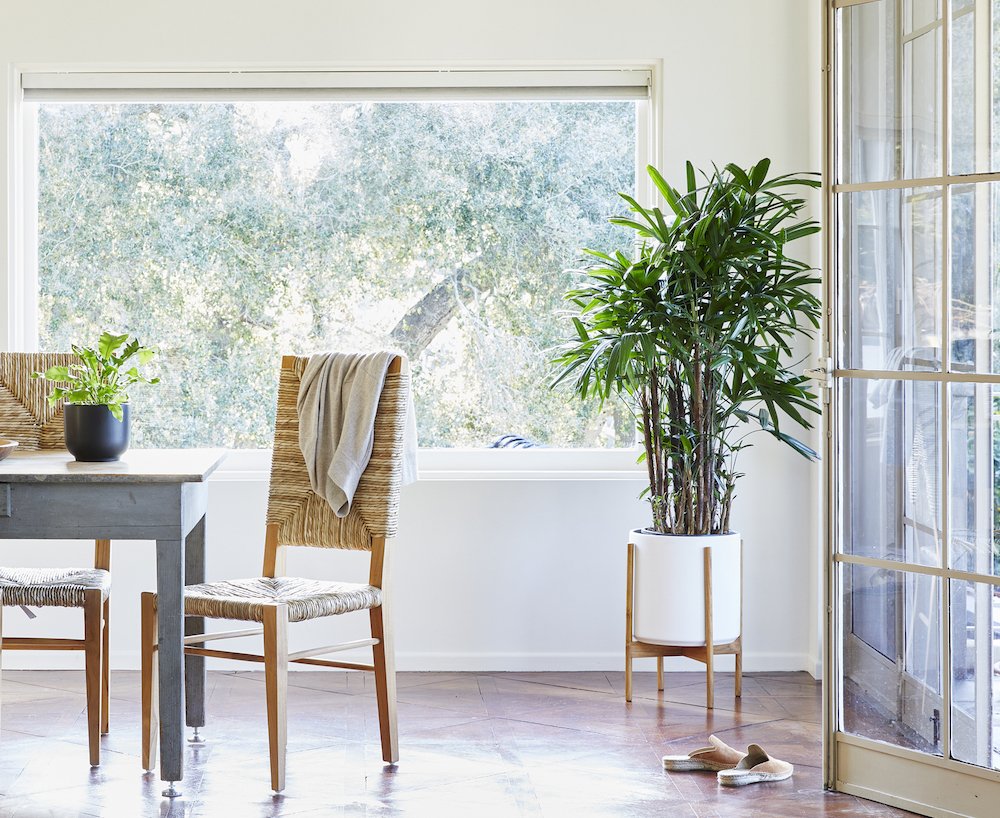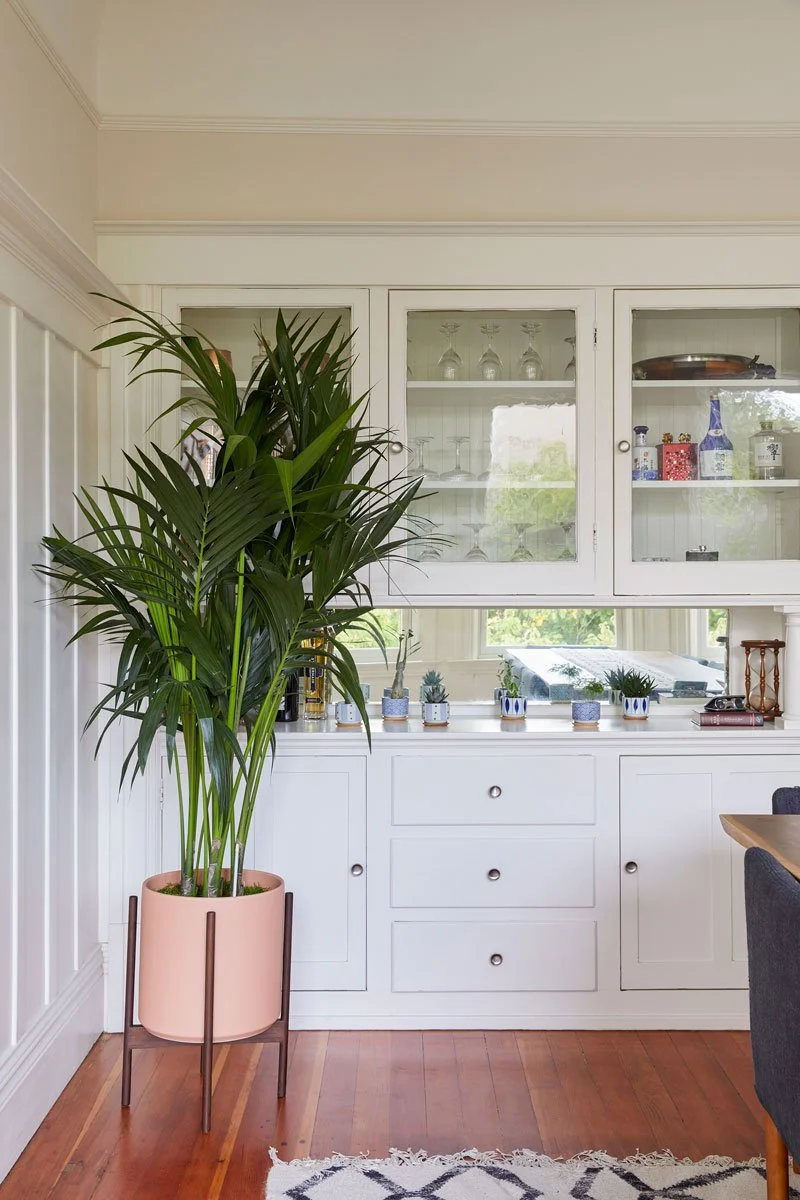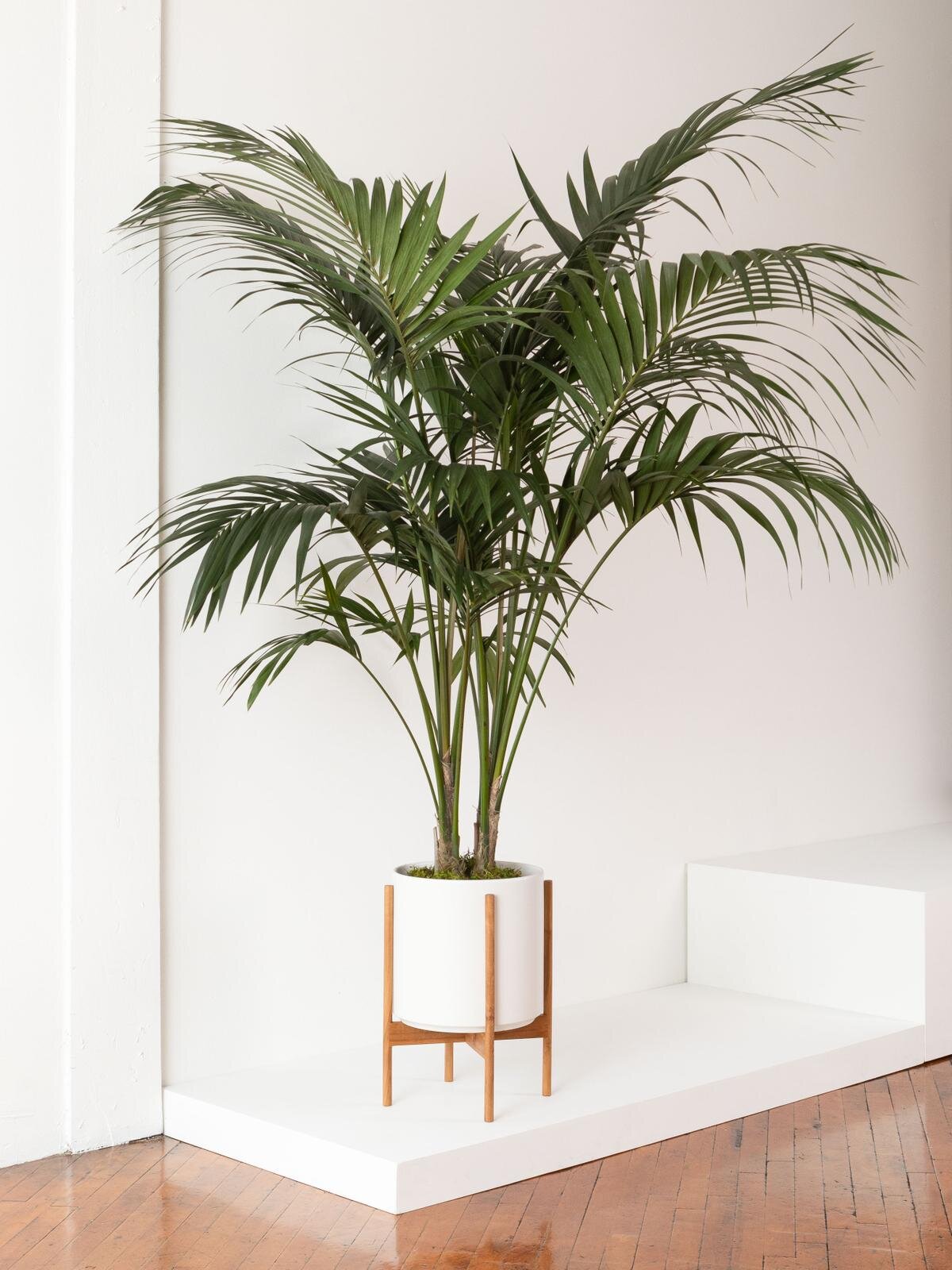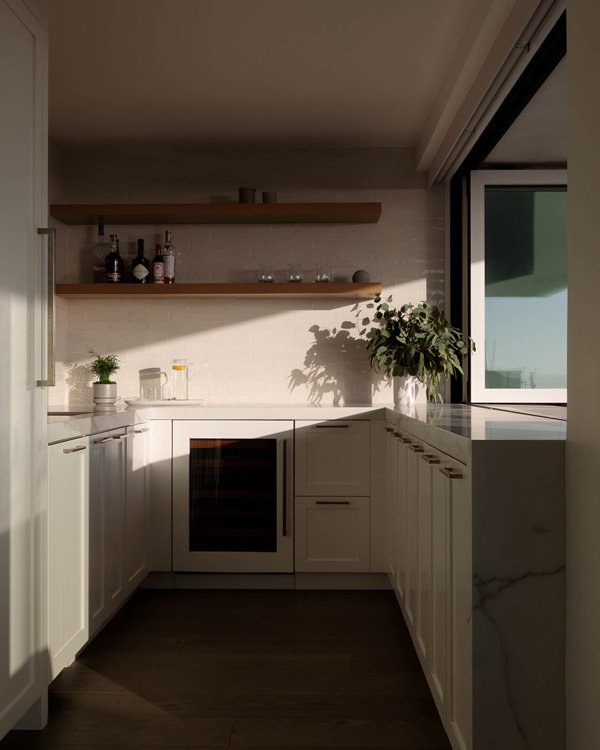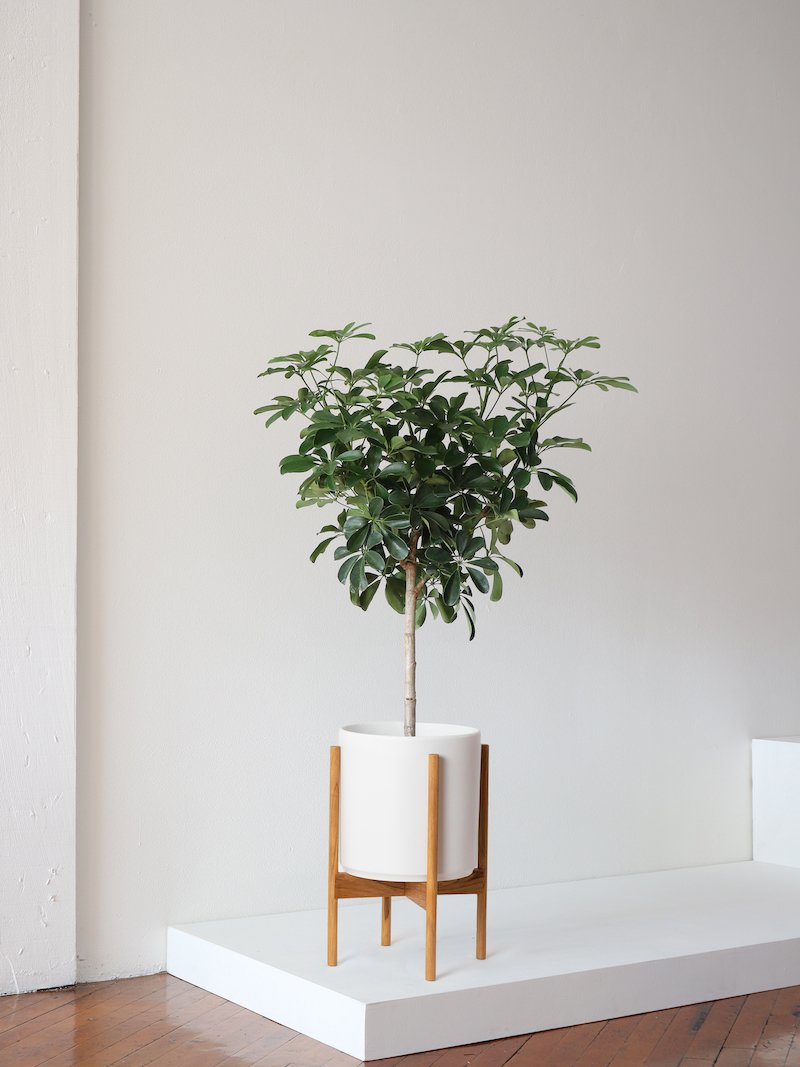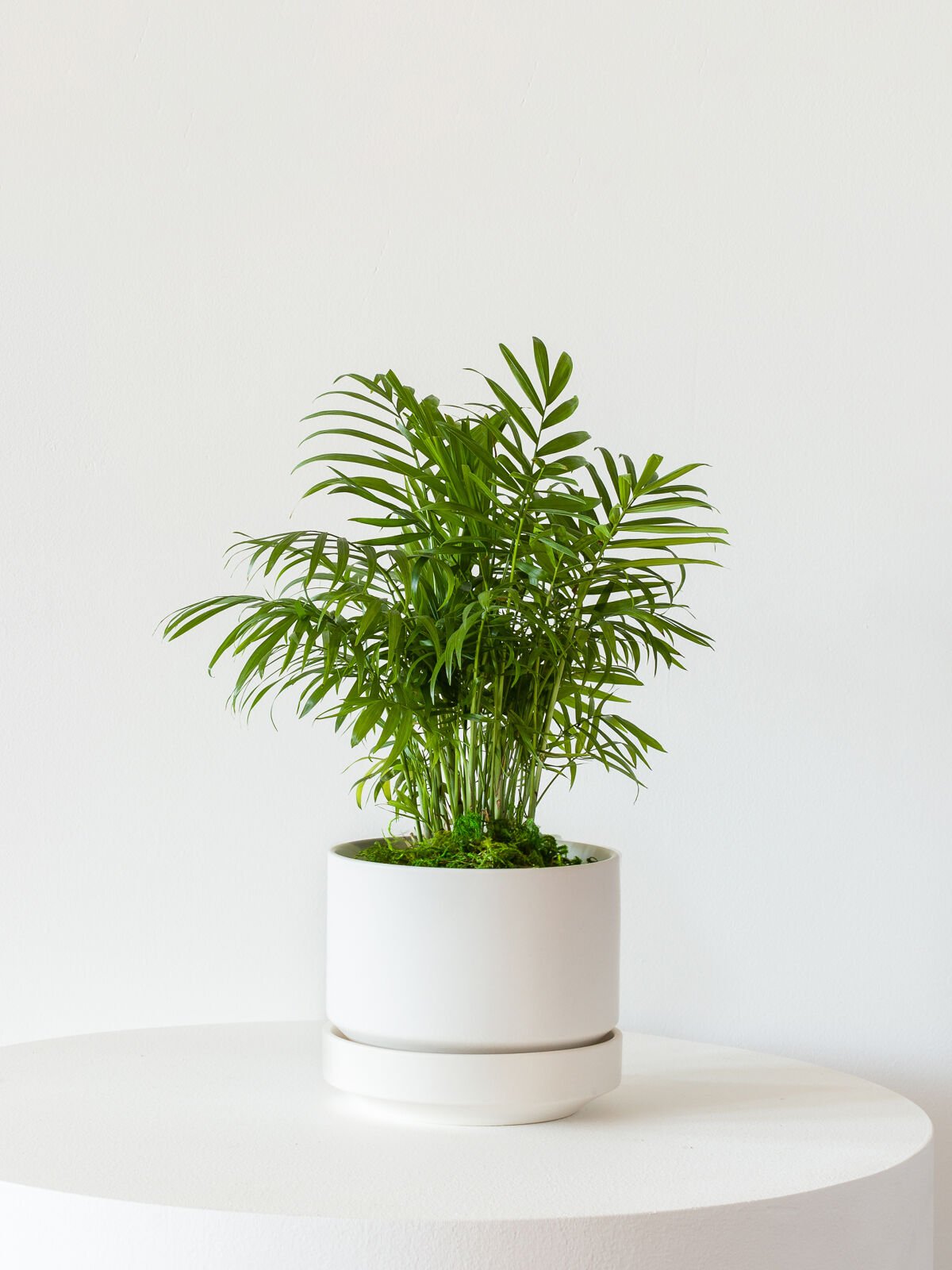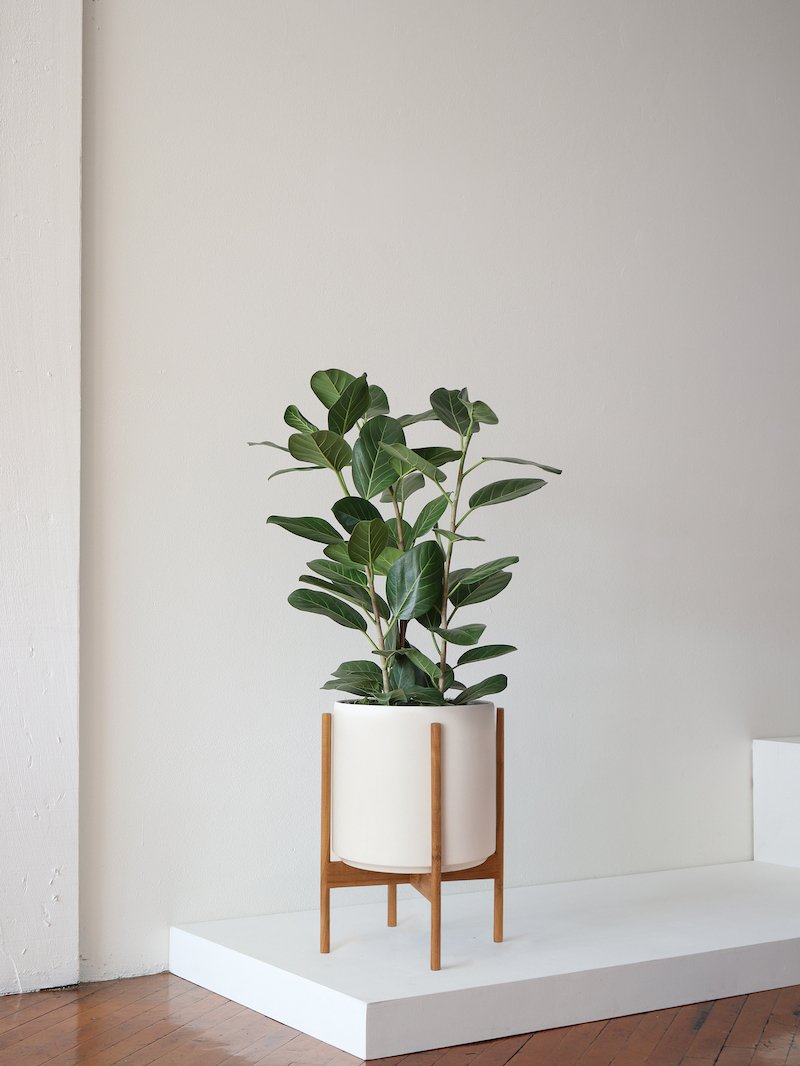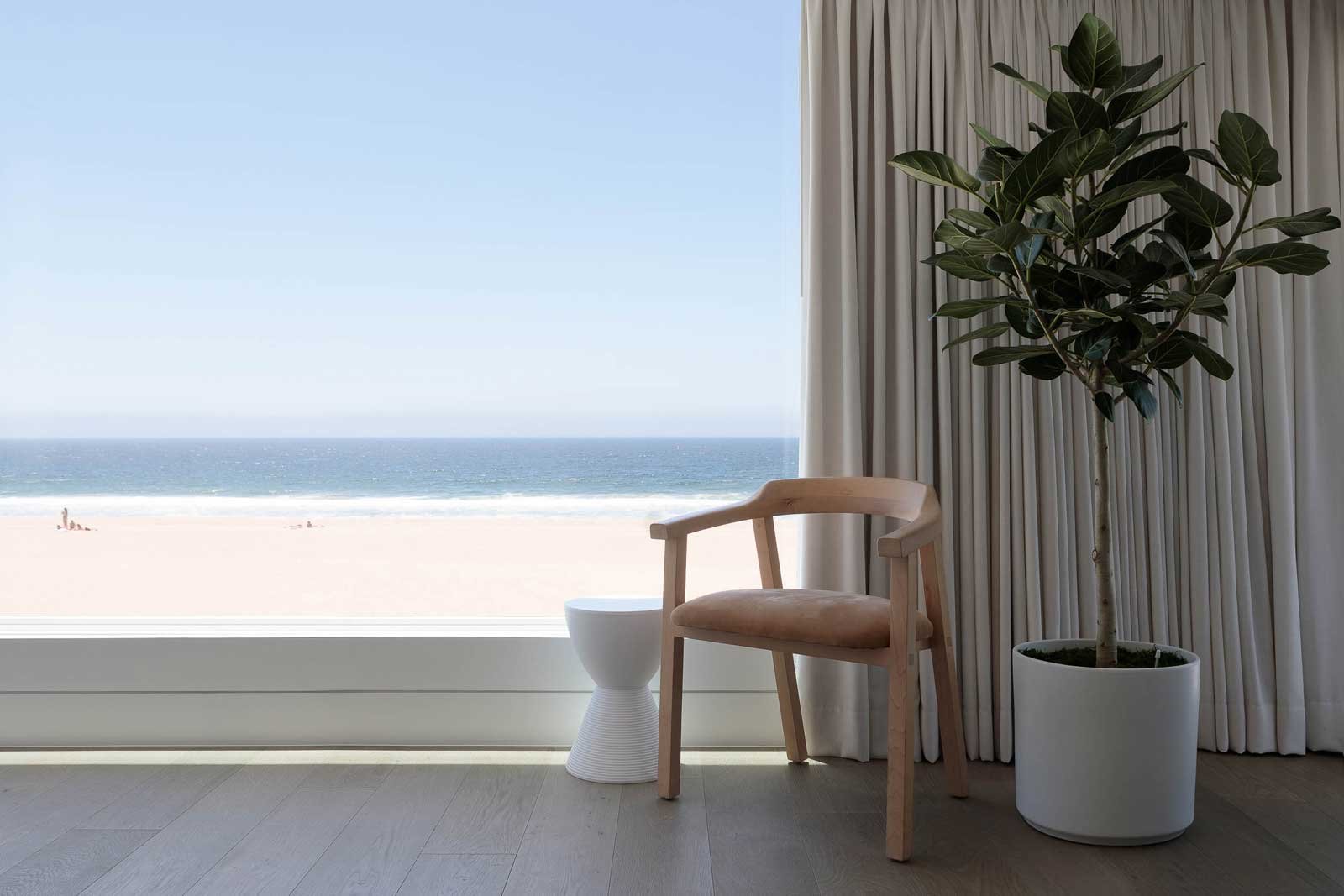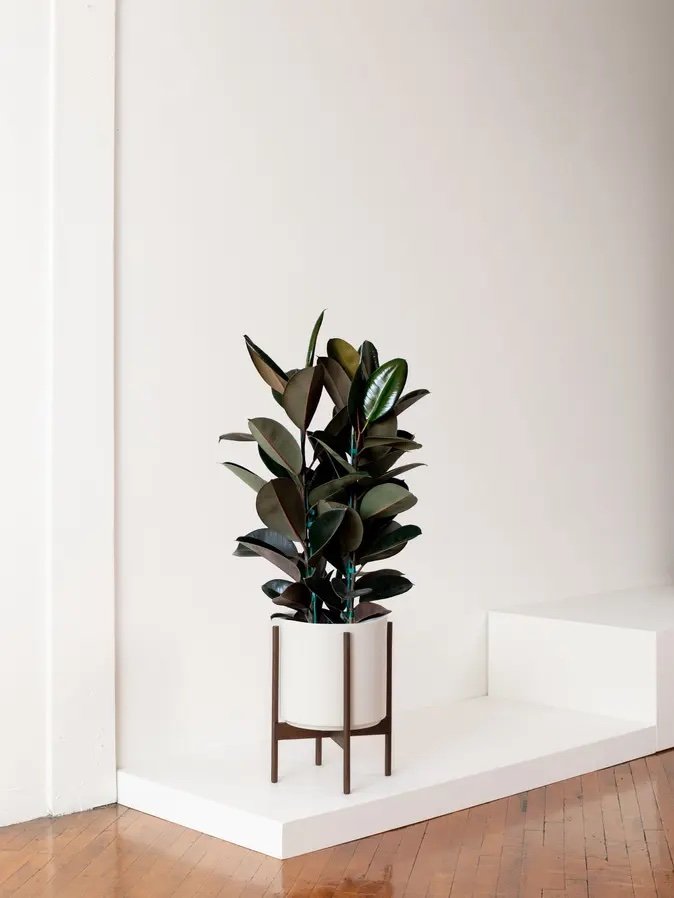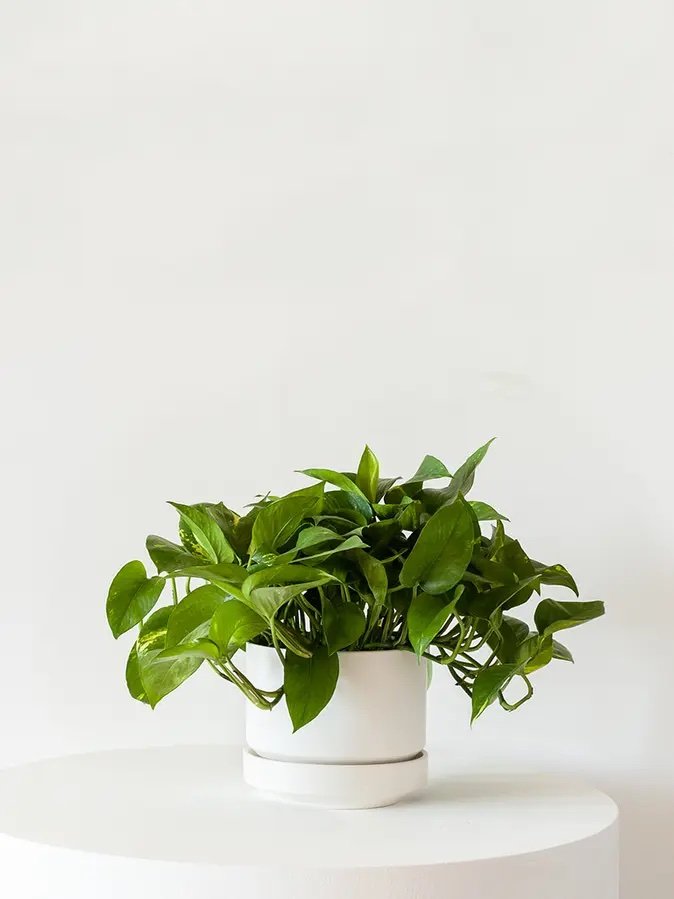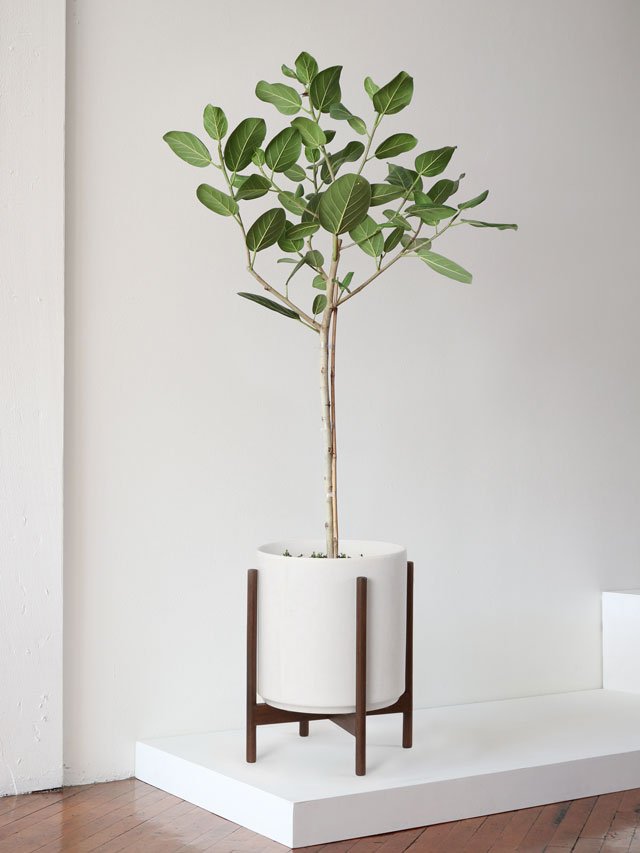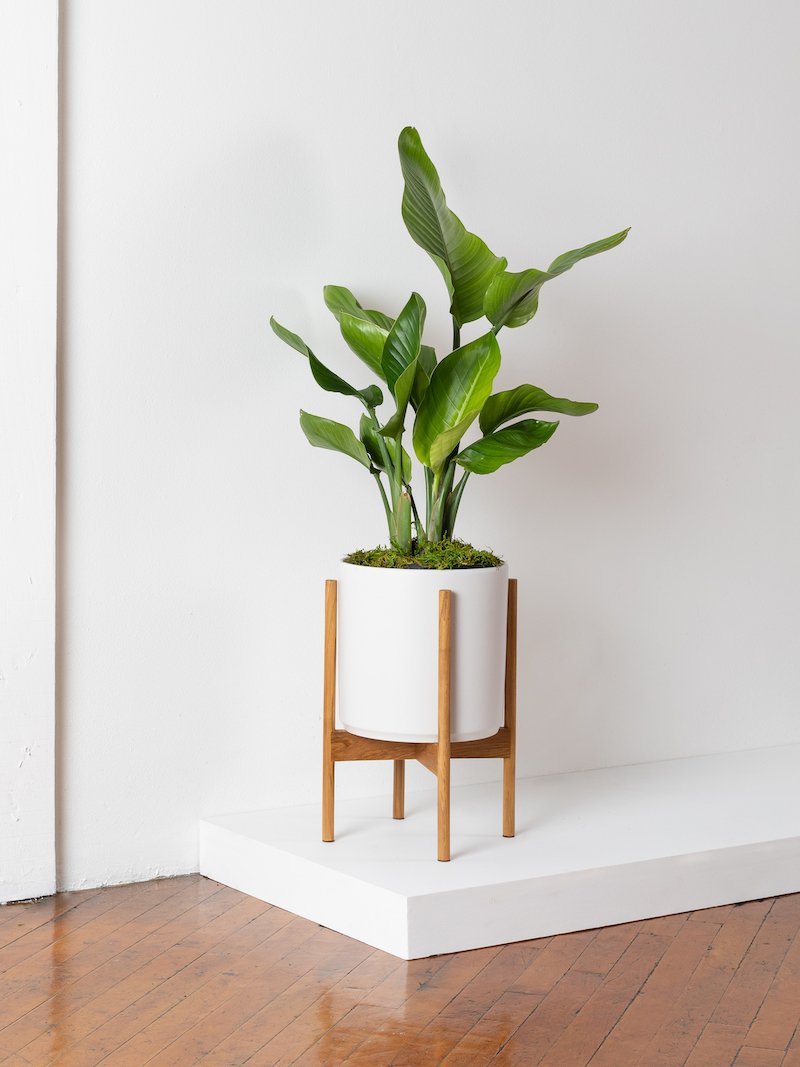The Ficus Audrey has stunning emerald-green leaves will leave you mesmerized by their natural elegance.
Are you on the hunt for a wedding gift that will make the happy couple feel like they're living in a lush paradise? Houseplants make for a thoughtful, unique and long-lasting present that will remind the newlyweds of their special day for years to come. If you’re not sure where to start, read on to find our Plant Stylists’ picks for the absolute best plants for wedding gifts.
Fiddle Leaf Fig Tree
The Fiddle Leaf Fig Tree is all the rage right now, and for good reason. Its large, violin-shaped leaves add a touch of drama and style to any room. Plus, it symbolizes strength and stability - two things every newlywed couple needs. It's the perfect gift for a couple that wants to add some personality to their home.
Classic plants like the Snake Plant and Fiddle Leaf Fig Tree are guaranteed to please.
Snake Plant
Also known as the Mother-In-Law’s Tongue (could the name be any more fitting?!), the Snake Plant is a hardy plant is practically indestructible making it a great choice for beginners or anyone who's a bit forgetful when it comes to watering. It’s one of the best air purifiers, too, another reason why it is so popular for the home.
Ficus Audrey
A plant as graceful as a bouquet of flowers, the Ficus Audrey is a unique choice for a newlywed wedding gift. Easier to case for than most Ficus plants, the Ficus Audrey has recently become one of the most popular of its kind thanks to its easygoing attitude. This plant has large, round leaves that are sure to make a statement in any room.
The Rubber Tree and Ficus Audrey, two classic plants that the new couple will love.
Rubber Tree
For something more classic, consider the Rubber Tree. This versatile plant is perfect for adding a touch of sophistication to any space. Its large, glossy leaves symbolize abundance and prosperity, which is the perfect thing to wish for a newlywed couple.
Also known as the “eternity plant”, the Zanzibar Gem is a symbolic gift for weddings.
Zanzibar Gem
The Zanzibar Gem is also often referred to as “the eternity plant”, and what better name could there be for a newlywed couple? This plant is a great choice for anyone who wants a low-maintenance option that requires very little upkeep or watering to keep its attractive and abundant look. Its glossy leaves and easy-to-care-for nature make it a great gift for anyone who's not quite sure if they have a green thumb
Still not sure? Browse our full collection of California-grown greenery to find something that speaks to the couple’s taste. A gift that grows is certain to please, and potentially be their most unique gift yet!
Designed to Thrive
Premium plants, potted and delivered, plus lifetime access to 24/7 Plant Doctor support.
-
Join hundreds of customers in choosing Léon & George for all their gifting needs. We make it effortless to send an impressive and upscale gifts to someone special, including the happy couple getting married! Enjoy some of the perks of sending a beautiful plant gift with Léon & George:
Fast, nationwide shipping with express and overnight options
Innovative, custom packaging that ensures your gift arrives in pristine condition
Personalized gift message options
Select your preferred ship date, if desired
In a nutshell, we offer a seamless way to send a beautiful living gift to the happy new couple!
-
Every plant gift includes simple care instructions to keep the plant happy and healthy over time. You may also select to include a custom gift message. All gift orders are covered under our 45 Day Guarantee and our Plant Doctor program, which means the recipient can message us anytime for plant care support. Their gift will include a QR code to quickly set up their guarantee and access the Plant Doctors.
-
No. We process everything ahead of time through our secure billing platform. The email address associated with the order will receive a payment confirmation email once the order is processed. The lucky recipient will not see any pricing or billing information.
